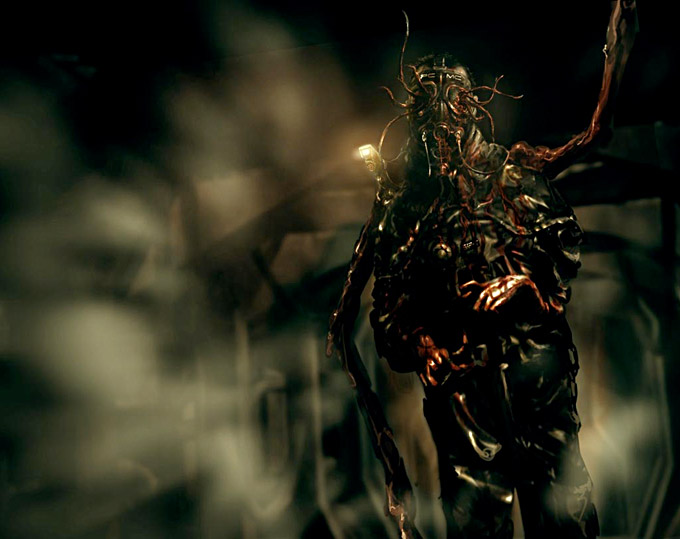


Additionally, if an active Nest is placed under a significant gravitational force (i.e. Nests lack any sort of close-range attacks, instead simply retreating back inside their lower sections when a threat comes too close (about one to two meters), rendering it invulnerable to damage once more once the threat moves far enough away again, however, the Nest will reemerge and continue its assault. After releasing a swarm, the Nest will temporarily enter a refractory period before thrashing its arms once more, the "pause" between swarms lasts approximately five seconds. If an intruder enters into range, the Nest immediately emerges from its lower section and begins thrashing around, releasing swarms of small, red-glowing Necromorphs from its arms these Necromorphs then proceed to home in on the target, detonating upon contact. When there is no threat around, or in the presence of gravity, Nests retract their bodies inside their lower sections, protecting it from harm.

A third feature shared with the Guardian is that, to kill a Nest, its "arms" must be destroyed, with the rest of its form being invulnerable to damage. Also similar to Guardians, Nests appear to serve an "area denial" function, albeit adapted to act as sentinels in large, open areas without gravity. The Nest is formed from a female host and at least one other body fused back to back, with three fleshy, bulbous "arms" having sprouted from the shoulders of the bodies the lower sections of its constituent bodies are fused into a mass of flesh which serves to anchor the Nest to a surface, making it a sessile Necromorph similar to the Guardian.


 0 kommentar(er)
0 kommentar(er)
